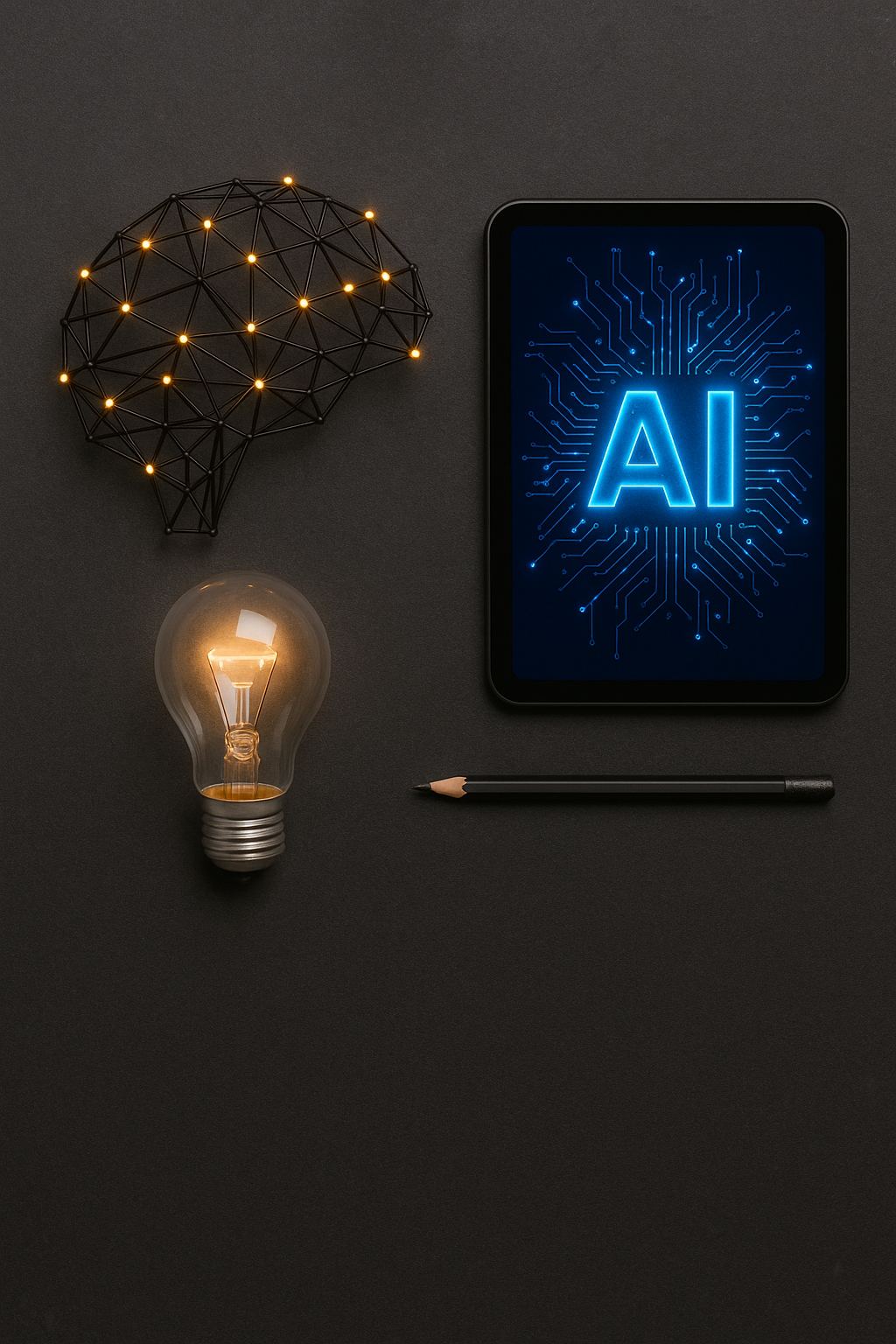AI Innovations: Breakthrough Technologies Transforming Creative Industries
Brief Description: This article examines cutting-edge AI innovations in creative technology, focusing on breakthrough developments in artificial intelligence that are revolutionizing visual content creation while addressing ethical challenges and regulatory frameworks.
Artificial intelligence innovations have revolutionized creative industries through breakthrough technologies that generate sophisticated visual content. Modern ai art systems represent pinnacle achievements in machine learning, enabling rapid creation of professional-quality imagery from simple text prompts. These innovations democratize creativity while raising critical questions about digital ethics and consent https://cortexlab.app/undress-ai-technology-ethics-regulation. Understanding these AI breakthroughs becomes essential as they reshape creative workflows and societal interactions.
Revolutionary AI Technology Breakthroughs
Core Innovation Framework
AI art innovations utilize cutting-edge neural architectures including diffusion models and transformer networks. These systems process massive datasets containing millions of visual examples, learning complex relationships between imagery and textual descriptions. Modern platforms demonstrate remarkable capabilities, generating photorealistic content across diverse artistic styles within seconds.
Innovation acceleration continues through advanced computational techniques that understand lighting dynamics, compositional principles, and cultural contexts. These breakthroughs enable ai art systems to produce content indistinguishable from human-created artwork while maintaining artistic coherence and visual authenticity.
Professional Applications
Creative professionals leverage ai art innovations for concept development, style exploration, and rapid prototyping. Marketing teams generate customized visual content efficiently, while educators create engaging instructional materials. Entertainment industries utilize these technologies for storyboard creation and character design, significantly accelerating production workflows.
However, identical technological capabilities enable problematic applications, including unauthorized image manipulation tools that violate personal privacy and dignity without explicit consent from affected individuals.
Technical Excellence and Ethical Concerns
Innovation Achievements
AI art breakthroughs showcase extraordinary progress in artificial intelligence development. These innovations eliminate traditional barriers to visual creation, enabling anyone to produce professional-quality artwork regardless of artistic background or expensive equipment access.
Performance efficiency characterizes modern systems, generating high-resolution imagery within moments compared to extensive periods required for traditional methods. Quality improvements continue accelerating, with innovations producing virtually indistinguishable content from human-created artwork.
Ethical Challenges
Despite impressive achievements, ai art innovations present serious ethical concerns requiring immediate attention. Non-consensual image manipulation represents problematic applications where existing photographs undergo unauthorized modifications, potentially creating inappropriate content that violates personal autonomy.
Gender-specific targeting amplifies these ethical problems. Technologies designed primarily to manipulate women’s imagery reflect systematic digital exploitation patterns, creating opportunities for psychological harm and reputational damage with devastating consequences.
Information authenticity deterioration presents critical challenges as innovation quality reaches near-perfect levels. Distinguishing between genuine and artificially generated content becomes increasingly difficult, undermining public trust and enabling sophisticated misinformation campaigns.
Legal Frameworks and Regulation
Global Regulatory Approaches
Legal structures addressing controversial ai art innovations vary significantly across jurisdictions. United States regulation operates through state-level legislation, with California, Texas, and New York implementing comprehensive laws targeting deepfakes and non-consensual intimate imagery.
European Union emphasizes extensive user protection through GDPR frameworks and Digital Services Act provisions, establishing clear accountability standards and individual rights concerning ai art content creation and distribution.
Asia-Pacific nations including Japan, South Korea, and Australia have introduced specialized legislation addressing digitally manipulated content, recognizing unique challenges presented by advanced ai art innovations and establishing criminal penalties for malicious applications.
Legal Consequences
Users engaging with problematic ai art innovations face substantial legal exposure across multiple jurisdictions. Criminal prosecution becomes increasingly common for creating or distributing non-consensual intimate imagery through these platforms.
Civil liability presents significant financial risks, with victims obtaining monetary compensation for emotional trauma, privacy violations, and reputational damage. Professional consequences frequently accompany legal penalties, with employers implementing strict policies prohibiting controversial ai art usage.
Protecting Human Rights
Fundamental Principles
AI art innovation development must prioritize human dignity and personal autonomy principles. Every individual deserves complete control over their digital representation, including how their appearance and identity are portrayed in generated imagery.
Explicit informed consent becomes essential when ai art involves personal imagery. Creating modified or intimate content requires clear, documented permission rather than presumed authorization from affected individuals.
Protection Frameworks
Addressing ai art innovation challenges requires coordinated approaches balancing technological advancement with human rights protection. Technical safeguards integrated into generation systems provide essential defense, including detection algorithms and content verification mechanisms.
Platform accountability measures must prevent misuse while supporting legitimate creative applications. Educational initiatives promoting digital literacy ensure users understand both creative potential and serious implications of ai art innovations.
Responsible Innovation Future
The trajectory of ai art innovations fundamentally depends on balancing transformative creative capabilities with respect for human rights, dignity, and consent. Technological progress must align with social responsibility, ensuring these powerful tools enhance human expression while protecting individual autonomy.
Success requires sustained collaboration between technologists, policymakers, and civil society to establish appropriate boundaries and enforcement mechanisms. The future of ai art innovations will be determined by our ability to harness creative potential while safeguarding vulnerable individuals from exploitation and ensuring innovation serves humanity’s best interests.





